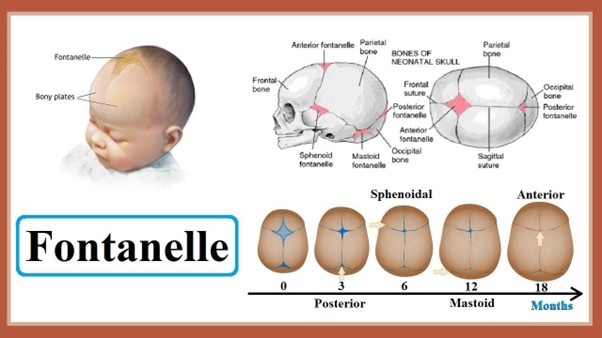A nurse is reviewing the medical record of a client. Which of the following findings should the nurse report to the provider? (Click on the tabs belowfor additional information about the client. There are tabs that contain separate categories of data.)
Urine specific gravity
Prealbumin
Temperature
Blood pressure
The Correct Answer is B
Choice A Reason:
Urine specific gravity: The specific gravity of 1.035 indicates concentrated urine and might be indicative of dehydration. However, the nurse should address this finding by encouraging increased fluid intake before reporting it to the provider.
Choice B Reason:
Prealbumin: The prealbumin level is 25 mg/dL. Prealbumin is a marker of nutritional status and can indicate the adequacy of protein intake and overall nutritional status. A level of 25 mg/dL is relatively low, which may suggest malnutrition or insufficient protein intake. This finding should be reported to the provider so that appropriate interventions can be initiated to address the client's nutritional needs.
Choice C Reason:
Temperature: The temperature is not mentioned in the provided information. If the temperature is within the normal range, there is no need to report it to the provider.
Choice D Reason:
Blood pressure: The blood pressure is not mentioned in the provided information. If the blood pressure is within the normal range, there is no need to report it to the provider.
It's important for the nurse to critically assess the client's medical record and prioritize the findings that require immediate attention or intervention. In this case, the low prealbumin level indicates a potential nutritional issue that needs to be addressed promptly. The nurse should communicate this finding to the healthcare provider to ensure appropriate management and care for the client.
Nursing Test Bank
Naxlex Comprehensive Predictor Exams
Related Questions
Correct Answer is D
Explanation
The correct answer is choice D. Minimize noise in the newborn’s environment.
This is because neonatal abstinence syndrome (NAS) is a condition that affects newborns who are exposed to opioids or other addictive substances in the womb. These substances can cause withdrawal symptoms in the newborns, such as excessive crying, tremors, vomiting, diarrhea, and seizures.
Minimizing noise and other stimuli can help calm the newborn and reduce stress.
Choice A is wrong because swaddling the newborn with his legs extended can increase muscle tension and discomfort. Swaddling should be done with the legs flexed and hips abducted to prevent hip dysplasia.
Choice B is wrong because administering naloxone to the newborn can cause severe withdrawal symptoms and respiratory depression. Naloxone is an opioid antagonist that reverses the effects of opioids, but it is not recommended for newborns with NAS unless they have life-threatening respiratory depression.
Choice C is wrong because maintaining eye contact with the newborn during feedings can overstimulate the newborn and cause agitation. Eye contact should be avoided or limited during feedings for newborns with NAS.
Correct Answer is A
Explanation
Choice A reason
The anterior fontanel is open is the correct answer. An expected finding in an 8-month-old infant is that the anterior fontanel (the soft spot on the top of the baby's head) is open. The fontanelles are spaces between the bones of an infant's skull that allow for the baby's brain to grow and the skull to mould during birth.
The anterior fontanel typically remains open until the baby is around 18 to 24 months old, with the closure process starting sometime after 9 months of age. Therefore, at 8 months of age, it is normal for the anterior fontanel to still be open.
Choice B reason:
Both fontanels are the same size is incorrect. Both fontanels are usually not the same size. The anterior fontanel is larger and diamond-shaped, while the posterior fontanel is smaller and triangular.
Choice C reason:
The posterior fontanel is open is incorrect. The posterior fontanel, located at the back of the baby's head, usually closes earlier than the anterior fontanel. It typically closes within the first few months after birth, so it is not expected to be open at 8 months of age.
Choice D reason
Both fontanels show molding is incorrect. Molding refers to the temporary shaping of the baby's head during birth due to the pressure exerted during the passage through the birth canal. By 8 months of age, the molding typically resolves, and the baby's head should have a more rounded appearance.

Whether you are a student looking to ace your exams or a practicing nurse seeking to enhance your expertise , our nursing education contents will empower you with the confidence and competence to make a difference in the lives of patients and become a respected leader in the healthcare field.
Visit Naxlex, invest in your future and unlock endless possibilities with our unparalleled nursing education contents today
Report Wrong Answer on the Current Question
Do you disagree with the answer? If yes, what is your expected answer? Explain.
Kindly be descriptive with the issue you are facing.
